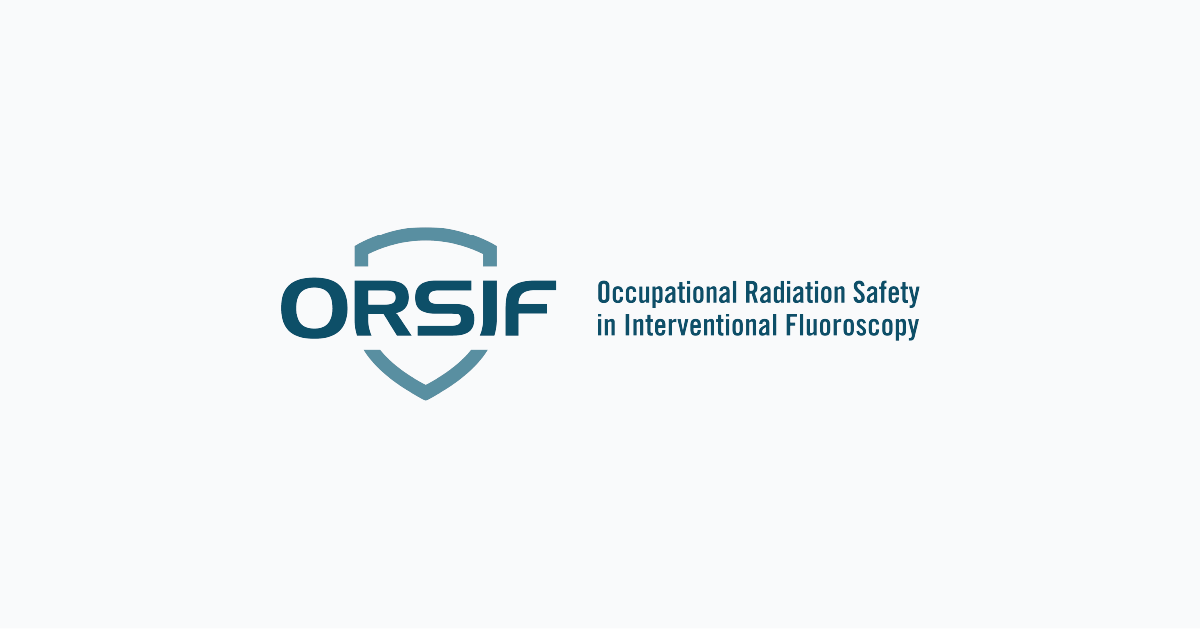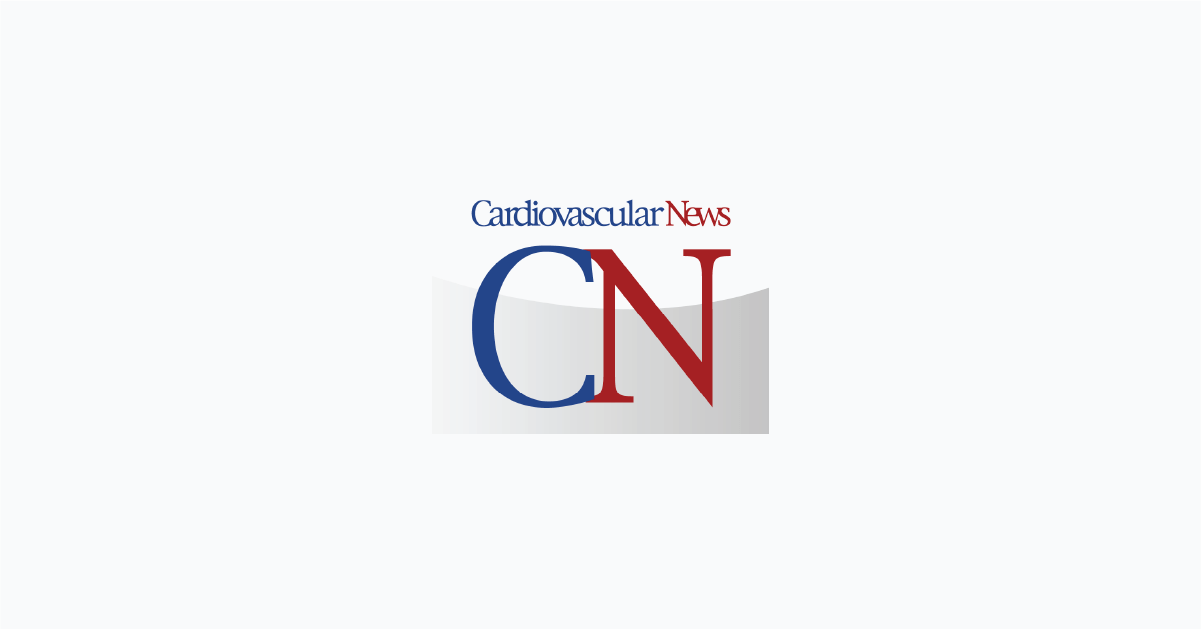Safe Exposure Limits
Current standards in the United States by the Occupational Safety and Health Administration (OSHA) allow for the following amounts of exposure in three months:
- Whole body – 1 ¼ rem
- Hands, forearms, feet, and ankles – 18 ¾ rem
- The skin of the whole body – 7 ½ rem
Read These Industry Articles
Enhancing Radiation Safety Culture: Investigating the Mediating Role of Awareness Among Orthopedic Doctors and Operation Theatre Assistants
Update on Radiation Safety in the Cath Lab – Moving Toward a “Lead-Free” Environment
Occupational Safety in the Cardiac Catheterization Laboratory
Shifting the Paradigm for Healthcare Workers’ Protection
Recommendations for Occupational Radiation Protection in Interventional Cardiology
The Growth of Advanced Radiation Protection Solutions on the Market
The need for advanced radiation protection technologies is expanding as a reaction to the growing awareness of the risks of radiation exposure during medical procedures. Have a look at Radiaction Medical in the News.
Protection for the Entire Healthcare Team
Using lead aprons, glasses, and gloves has been the current preventative measure to protect healthcare workers from radiation exposure. Other shielding technologies are often used but may only offer partial protection to the treating physician and limited protection to the rest of the medical team.

Novel Solution To Scatter Radiation Exposure
Radiaction blocks over 90% of radiation exposure to the entire room, protecting the entire medical staff—no need to keep piling on more lead weight and suffering the orthopedic effects. Get comprehensive head-to-toe radiation protection with the potential to remove up to 75% of lead weight while Radiaction delivers the level of protection you need.
0%
Reduce up to 97% of Radiation Exposure to the Treating Physician’s Head, Neck, and Face*
System Features
*Laish-Farkash A, et al. EuroIntervention 2022;18:262-266
**Grazia Andreassi M, Piccaluga E, Guagliumi G, et al. Occupational Health Risks in Cardiac Catheterization Laboratory Workers. Circulation Cardiovascular Interventions. 2016; e003273 9 4, doi:10.1161/CIRCINTERVENTIONS.115.003273























